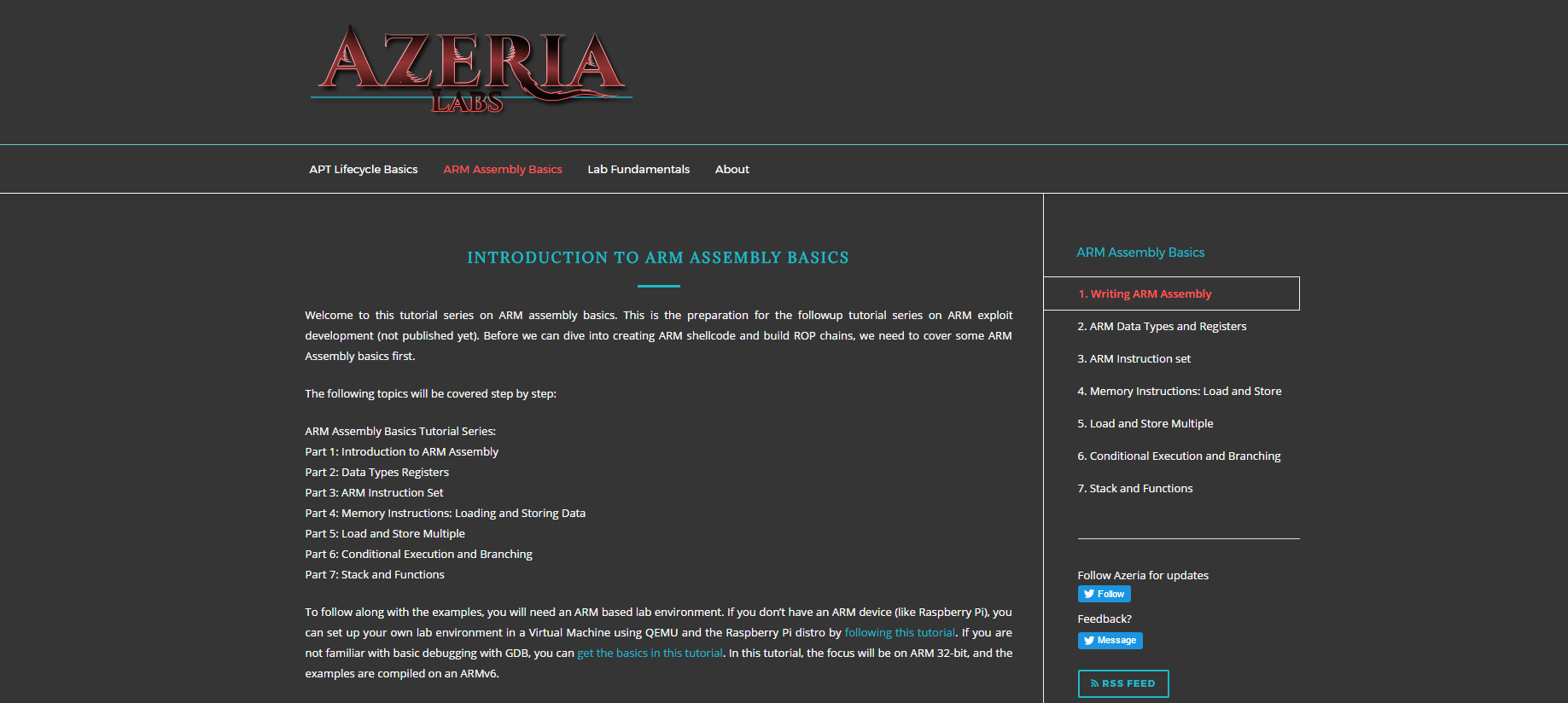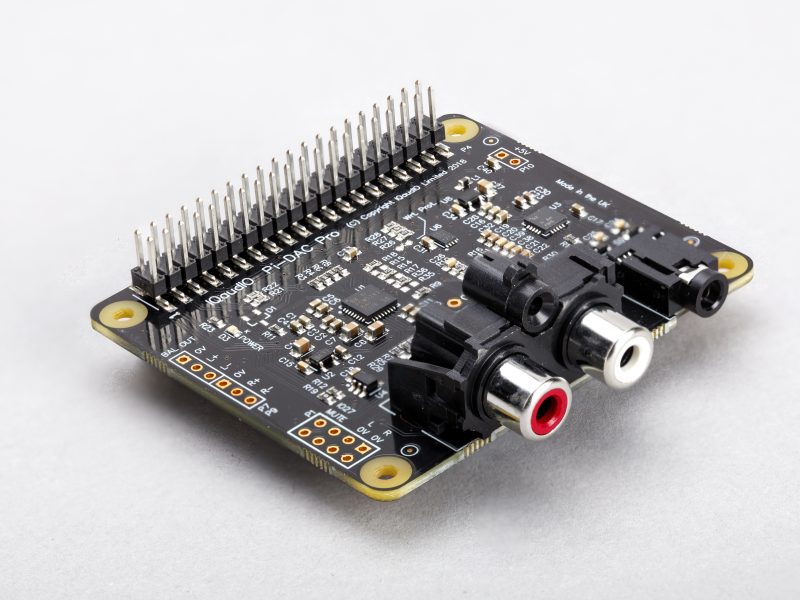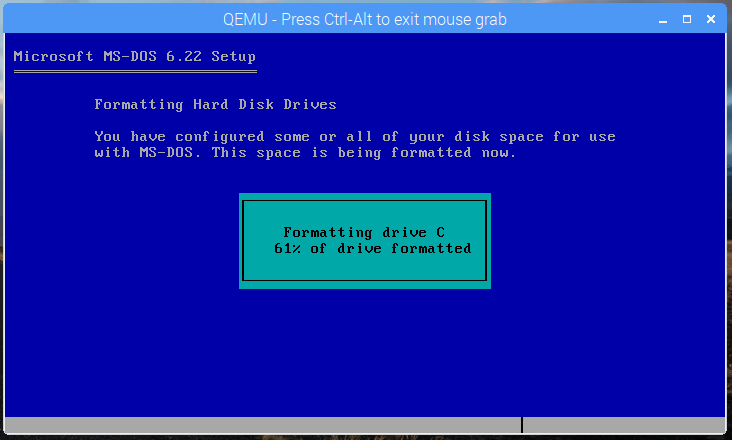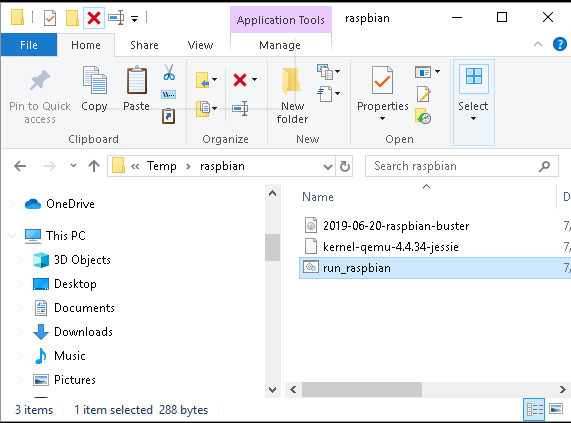

Rather than considering what platforms might be supported in the future. Seated in this Intel-centric ecosystem for some time to come, and ourĭevelopment was more focused on getting a proof-of-concept up and running It seemed that the target audience for Nanos would be firmly Major cloud providers, which were then universally based on the x86-64Īrchitecture. Support for virtualization, making them ideal candidates for running NanosĪnd a logical next step on our support roadmap.Įarly development of the Nanos unikernel targeted applications running on Increasingly configured with the 64-bit ARM architecture and hardware Out their own ARM-based silicon in the past year. Adoption of ARM in the edge and server markets is growing, too, Or greater market share of embedded controller and mobile application You can now select “expand_rootfs” and do another reboot to get more space on the root partition.ARM is ubiquitous.ARM-based hardware platforms command If raspi-config does not start by itself, run it yourself after logging in as user “pi”. Now shutdown the qemu image, restore the -append parameter and run it again. This should ensure that /dev/mmcblk0p1/2 exist and will make other stuff work.Īlso edit /etc/ld.so.preload (if it exists) and remove or comment everything in it. Then create the file /etc/udev/rules.d/les with the following contents: KERNEL="sda", SYMLINK+="mmcblk0" Next, edit fstab and change mmcblk0p1 and mmcblk0p2 to sda1 and sda2 respectively This should leave you with a nice prompt. Fix latest filesystem imageĬhange the qemu -append parameter to: “root=/dev/sda2 panic=0 ro single” and boot the image. Now, here’s the catch: The latest (as of ) raspberry pi image will have some issues booting with the above setup. Use the proper path for the disk image and the kernel. In any case, this is a nice setup to get you started: # qemu-system-arm I am using vde networking with qemu so your setup may be slightly different. The attached kernel configuration however has hardfloat support and so does qemu. There should be no problems with that since the kernel is not using floating point math itself and it won’t make a difference. Note: Raspberry Pi supports hardfloat while the above compile is not using hardfloat. The package you are looking for is gcc-4.4-arm-linux-gnueabi If you’re running Debian then follow the instructions in You will need the arm compilation toolchain. # cp arch/arm/boot/zImage /path/to/raspi/directory # nice make ARCH=arm -j 4 # Adjust for your number of cores config and then run: # make ARCH=arm oldconfig Put this under the cloned kernel directory with name. Instead of configuring it yourself get this configuration (will speed your life) which has some additional stuff like built-in sound, vfat support, IPv6, nice fonts, etc. Follow just the instructions on cloning git and patching the kernel. If you want to compile your own kernel image for qemu then follow first the instructions here. This will cause the image to become approximately 4GB but it will leave a hole in the file if the underlying filesystem supports it. This will write 1MB after the first 4000 MBytes on the image. A trick to change that is to extend it with something like the following: # dd if=/dev/zero of=-wheezy-raspbian.img

#QEMU RASPBERRY PI 4 FREE#
Place it somewhere and uncompress it.īy default the image does not have much free space. Get the official raspberry pi disk image from here. I ended up creating my own qemu arm image Disk image
#QEMU RASPBERRY PI 4 DOWNLOAD#
You can either download one from online or create your own.

The tricky part is that this image is not the standard Raspberry Pi (from now on mentioned as “raspi”). There is no BIOS there and it needs to boot with a kernel image directly. Running qemu-arm is slightly different than running qemu for x86.

Emulating it it much faster that running something on itĭisclaimer: I am not a qemu/raspberry-pi expert – Some things may be wrong here Introduction Why: I wanted to have builder environment for Raspberry PI.


 0 kommentar(er)
0 kommentar(er)
